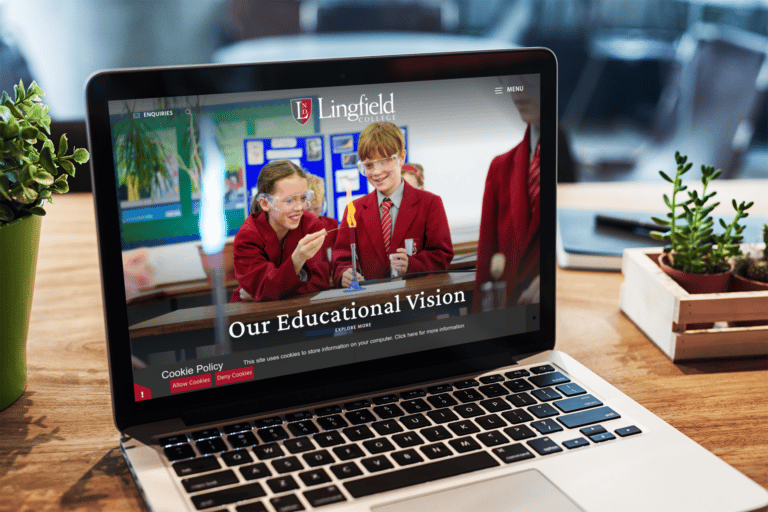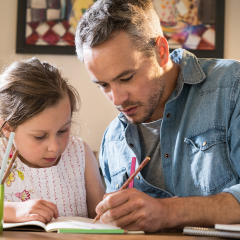Information Overload
Over the last few weeks, many of us have felt bombarded by information about the pandemic, be it from news outlets or social media. In a society dominated by information technology, we have instant access to an enormous amount of information and opinion. The problem, of course, is that not everything we read is reliable and information overload makes us all the more susceptible to both fake and misleading news. Research by the National Literacy Trust looking at the way parents and children engage with the news found that:
- “Half of parents are worried about the impact of fake news and misinformation on their children’s lives (50%) and don’t think their children have the skills they need to spot it (52%).”
- “2 in 5 parents (40%) admitted to falling for fake news themselves.”
Source: Irene Picton, Family News Literacy Report, National Literacy Trust, 2019.
Home learning, increased screen time and the very nature of the current news are all likely to heighten these anxieties.
Developing digital literacy skills
One of the aims of the Computing Programme of Study in the national curriculum is to ensure that pupils “are responsible, competent, confident and creative users of information and communication technology”.
Children need to appreciate how search results are ranked, understand that websites can contain facts and figures that may be incorrect, misleading or out of date. They should also be equipped to test what they find for reliability and extract what is relevant. Most of us aren’t skilled researchers but with a few simple tests we can help children (and remind ourselves) to evaluate news stories and information sources:
- Have you heard of the organisation reporting the story?
- Check for the date on a news story, is it current or from several years ago?
- Check the website address, does it look unusual?
- Are there lots of spelling mistakes? Poor quality may suggest an unreliable source.
- If there is a photograph, does it look reputable or high quality?
- Does the story only appear on social media? Check for a more reliable source before sharing.
- Are their lots of adverts? The advertiser might be promoting content.
- Is the website a wiki where content is user-generated rather than written by an expert?
- Is it believable? If you’re not sure check for another sources.
News for Children
Explain the issues around fake news with BBC Bitesize Fact or Fake with child-friendly videos. Also, share trusted news sources aimed at children such as:








